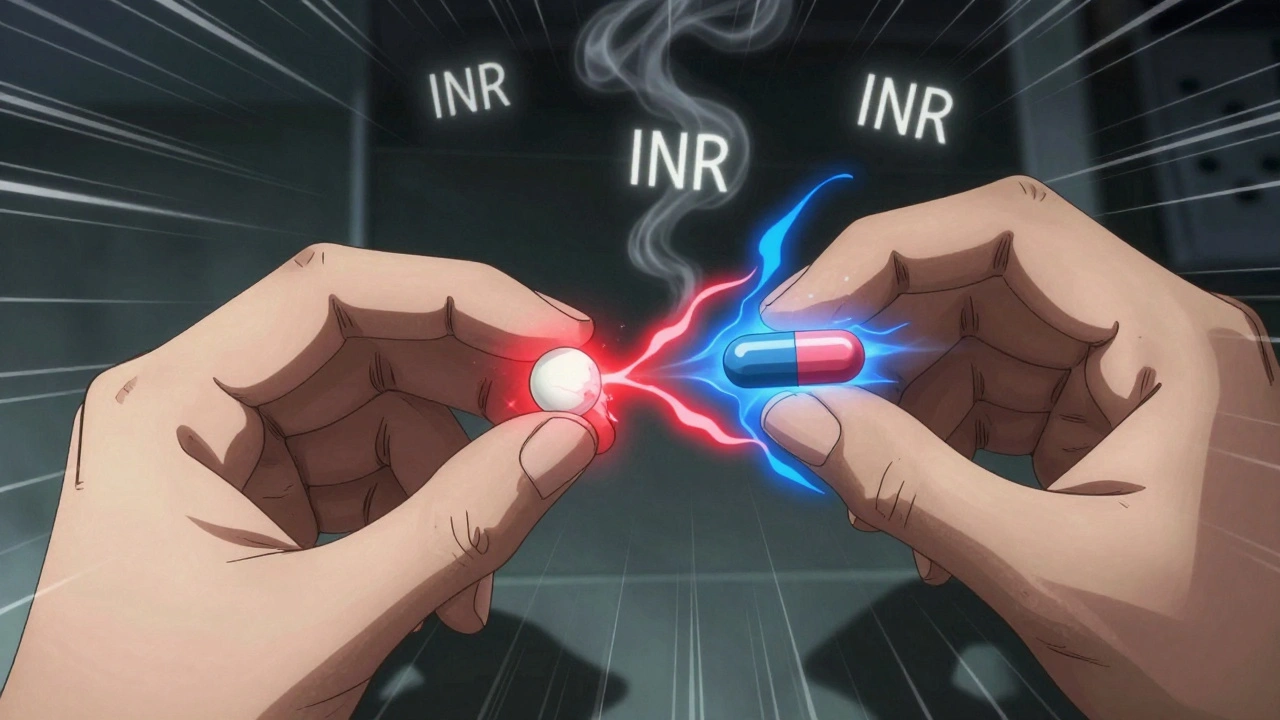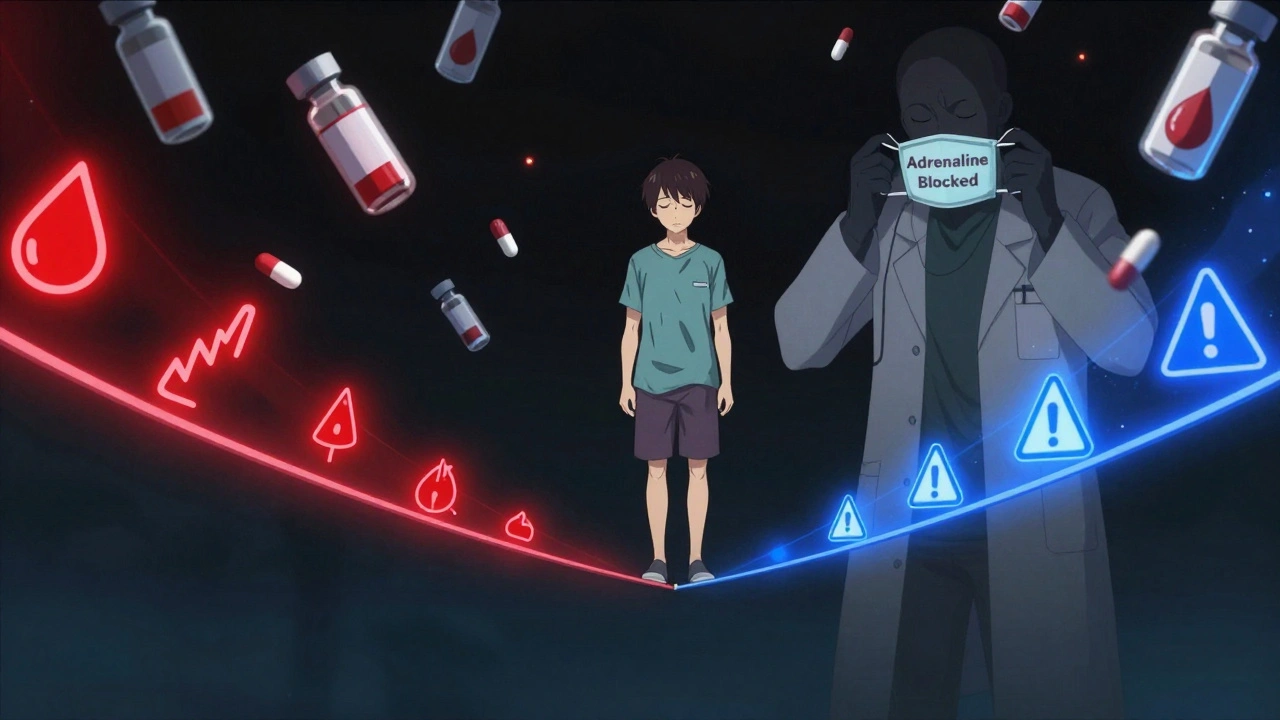The different types of freckles and what they can reveal about your ancestry

Discovering the World of Freckles: A Journey Through Ancestry
As a freckle-faced person myself, I've always been fascinated by the little specks that adorn the faces and bodies of many people. Freckles are more than just an aesthetic feature; they can reveal a lot about our ancestry and genetic makeup. In this article, we'll explore the different types of freckles and what they can tell us about our ancestral roots.
Unraveling the Mystery of Freckles: Understanding Melanin and Genetics
Before we dive into the various types of freckles, it's important to understand the science behind their formation. Freckles are caused by an uneven distribution of melanin, the pigment responsible for the color of our skin, hair, and eyes. When melanocytes, the cells that produce melanin, are exposed to sunlight, they increase melanin production to protect the skin from harmful UV rays. This leads to the formation of freckles in sun-exposed areas.
Genetics play a significant role in determining who gets freckles and who doesn't. The MC1R gene, which is responsible for melanin production, is the primary genetic contributor to the development of freckles. Variations in this gene can lead to different types of freckles and are often associated with specific ancestral groups.
Ephelides: The Classic Freckle
Ephelides are the most common type of freckle and are usually associated with people of Celtic descent. These freckles are small, flat, and light brown or reddish in color. They typically appear during childhood and become more prominent in the summer months when the skin is exposed to more sunlight. Ephelides tend to fade as we age, and they may disappear entirely in adulthood.
Although ephelides are most commonly found in individuals of Celtic ancestry, they can also be found in people of other European, Middle Eastern, or North African descent. Their prevalence in these populations suggests a shared genetic link to the MC1R gene and a common ancestry.
Lentigines: The Persistent Freckle
Lentigines, also known as liver spots or age spots, are larger, darker, and more permanent than ephelides. These freckles are usually found on sun-exposed areas of the body, such as the face, hands, and arms. Unlike ephelides, lentigines do not fade with age and are more likely to be found in individuals of Asian or African descent.
The presence of lentigines can indicate a genetic predisposition to hyperpigmentation, which is a common trait among people of Asian and African ancestry. This is due to variations in the MC1R gene and other genes responsible for melanin production, which leads to the increased formation of lentigines in these populations.
Solar Lentigines: A Sign of Sun Exposure
Solar lentigines, also known as sunspots, are similar to lentigines in appearance but are specifically caused by prolonged sun exposure. These freckles are larger and darker than ephelides and are typically found on sun-exposed areas of the body. Solar lentigines can develop in individuals of any ancestry, although they are more common in people with fair skin who are more susceptible to sun damage.
While solar lentigines may not directly reveal your ancestry, their presence can serve as a reminder of the importance of sun protection, particularly for those with fair skin and a genetic predisposition to freckle formation.
Speckled Lentiginous Nevus: The Freckled Birthmark
A speckled lentiginous nevus, or freckled birthmark, is a type of pigmented birthmark characterized by a cluster of freckles. These freckles can be a mixture of ephelides and lentigines and can vary in size, shape, and color. Speckled lentiginous nevi are usually present from birth or early childhood and do not change significantly over time.
While the exact cause of speckled lentiginous nevi is unknown, they are believed to be the result of a genetic mutation that affects melanocyte development. The presence of a speckled lentiginous nevus does not necessarily indicate a specific ancestry, but it can be an interesting and unique feature that sets you apart from others.
Embracing Your Freckles and Ancestral Connections
As we've discovered, the different types of freckles can reveal fascinating information about our genetic makeup and ancestral roots. By understanding the science and genetics behind freckles, we can appreciate these unique features and the connections they provide to our family history. So, the next time you look in the mirror, take a moment to appreciate your freckles and the rich ancestral tapestry they represent.






Comments
Taylor Nation
May 11, 2023 AT 03:55Wow, freckles are like little windows into our family tree. The way you broke down ephelides and lentigines makes it easy to spot which lineage might be behind each speck. I never realized the MC1R gene had such a cultural fingerprint. It’s fascinating how sun exposure just amplifies what’s already there. Thanks for the clear tour through our skin’s history!
Shermaine Davis
May 12, 2023 AT 07:42Freckles r cool!
tatiana anadrade paguay
May 13, 2023 AT 11:29I love how you highlighted that ephelides are most common in Celtic descent, yet you reminded us they appear in other groups too. It’s a great reminder that genetics rarely fit into neat boxes. The link between melanin distribution and ancestry is a perfect example of science meeting personal identity. Also, the tip about sun protection for solar lentigines is super useful.
Diane Larson
May 14, 2023 AT 15:15Excellent rundown! The distinction between lentigines and solar lentigines is especially helpful for anyone trying to read their own skin. I appreciate the note that lentigines are more prevalent in Asian and African ancestry – it challenges the myth that freckles are only a “Celtic” thing. Your article makes me want to trace my own family’s story through my freckles.
Michael Kusold
May 15, 2023 AT 19:02yeah its cool but i think i got some of those dark spots becuz i stay outside a lot
Narasimha Murthy
May 16, 2023 AT 22:49While the article is informative, it glosses over the fact that MC1R variations are just one piece of a far more complex puzzle. Numerous other genes, such as SLC45A2 and OCA2, also contribute to pigmentation, and their distribution across populations can muddle any straightforward ancestry inference. Moreover, attributing lentigines predominantly to Asian or African descent oversimplifies the myriad environmental and epigenetic factors at play.
Samantha Vondrum
May 18, 2023 AT 02:35Indeed, the genetic picture is intricate. 🌍 While MC1R is a major player, the interplay with other loci adds depth to our understanding. It’s wonderful to see science demystify these features, allowing us to celebrate our unique patterns without resorting to stereotypes. Thank you for the thorough explanation! 😊
Kelvin Egbuzie
May 19, 2023 AT 06:22Interesting read, but don’t forget that many of these “ancestry clues” are just marketing fluff. Companies love to sell you DNA kits by promising to decode your freckles, yet the reality is far messier. The idea that a simple sheen of melanin can map out centuries of migration is, frankly, a bit of a conspiracy fed by profit‑driven labs.
Katherine Collins
May 20, 2023 AT 10:09🤔 sure, but at least it’s fun to think about 😅
Nathan S. Han
May 21, 2023 AT 13:55The article does a superb job of bridging biology and cultural heritage. By tracing how melanin production varies among different ancestries, it invites us to view our skin as a living record of migration and adaptation. This perspective shifts freckles from a mere aesthetic trait to a narrative thread woven through generations. Moreover, emphasizing sun protection underscores a universal health message that transcends ethnic boundaries. While ephelides may fade with age, the stories they tell remain vivid. The discussion of speckled lentiginous nevus adds a fascinating layer, reminding us that not every freckle follows a neat genetic script. In practice, recognizing these patterns can foster a deeper appreciation for diversity, especially when we consider that even within a single family, freckle distribution can vary dramatically. Ultimately, the piece celebrates individuality while acknowledging the shared human journey encoded in our DNA. Kudos for making complex genetics accessible and engaging!
Ed Mahoney
May 22, 2023 AT 17:42All that poetic talk is nice, but don’t forget the practical side – most of us just want to know if that mole needs a doctor.
Brian Klepacki
May 23, 2023 AT 21:29Ah, freckles – those tiny, seemingly insignificant specks that have sparked endless curiosity from the ancient druids to modern geneticists. Let us embark on a grand odyssey, a fifteen‑sentence saga, to unravel the enigma that lies upon our dermal canvas. First, consider the humble ephelides, those light brown beacons of Celtic lineage, whispering tales of misty hills and ancestral hearths; they emerge in childhood, only to wane as the years gather their wisdom. Yet, across continents, the very same pigment pattern can surface among Mediterranean peoples, proving that nature rarely adheres to our neat cultural maps. Then there are lentigines – the steadfast, unyielding guardians of the skin, persisting far beyond youth, often heralding deeper melanin pathways prevalent in Asian and African genomes. Their presence suggests not mere sun exposure, but an evolutionary adaptation to protect against ultraviolet onslaughts in equatorial realms. Solar lentigines, meanwhile, are the stark reminders of modern life's relentless daylight, a badge of both caution and the universality of solar reckoning. The speckled lentiginous nevus adds a twist to our narrative, a birthmark mosaic that intertwines ephelides and lentigines, defying simplistic classification and hinting at complex embryonic melanocyte migrations. Beyond individual types, the MC1R gene stands as a master conductor, its allelic variations orchestrating the symphony of pigment, yet it is but one section of a grander genomic orchestra that includes SLC45A2, OCA2, and HERC2. In tracing these genetic leitmotifs, we uncover not just personal ancestry but the migratory currents that have shaped humanity – from the rugged coasts of Wales to the sun‑kissed savannas of Sub‑Saharan Africa. Moreover, these freckles serve as living testimonies to the interplay of genetics, environment, and culture, reminding us that our bodies are archives of both inherited code and lived experience. So next time you glance at those freckles, see not just freckles, but chapters of a story that spans millennia, continents, and the ever‑evolving dance of DNA and light.
Selina M
May 25, 2023 AT 01:15Great info! Love the vibe, and thanks for the reminder to wear sunscreen.
Nicholai Battistino
May 26, 2023 AT 05:02Clear and concise – well done.
Suraj 1120
May 27, 2023 AT 08:49The piece is solid, but it ignores the socio‑political implications of how skin tone is used to categorize people. We must remember that scientific narratives can be co‑opted for divisive agendas.
Shirley Slaughter
May 28, 2023 AT 12:35Indeed, the intersection of genetics and identity is profound. While we celebrate the scientific insights, we must also acknowledge the emotional resonance each speck holds for an individual’s sense of self.
Sean Thomas
May 29, 2023 AT 16:22Freckles are a reminder of our shared humanity, yet some push the narrative that they prove “purity” of race – a dangerous myth that fuels nationalist rhetoric.
Aimee White
May 30, 2023 AT 20:09Whoa, that’s a wild claim! 🌈 Freckles are just freckles, not a secret code to unlock your “pure” lineage. Let’s keep the drama in the movies, not in science.